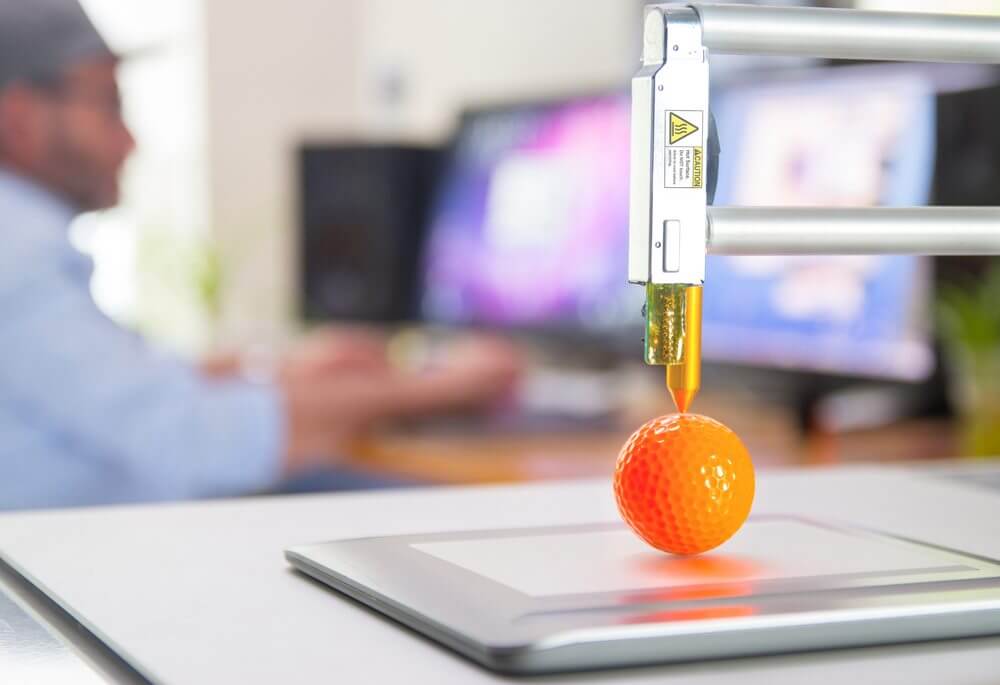
NEWS
How 3D Printers Will Revolutionize Crime
3D Printing’s Inception
Charles Hull created the first 3D printer, and obtained a patent for a printer technique called Stereolithography.
3D printing has been around since 1986.
Since 1990, it gained significant attention within the engineering community, manufacturing industry, architecture, medicine, and 3D printed weapons and their schematics.
Generally, the device itself is small enough to fit on a robust desktop, and it forms fabrications of the associated 3D model.
It is saved in a format, and then sent to the 3D printer, and the process can be juxtaposed to how ink-jet printers work.
Like most devices of sophisticated engineering, it eventually catches the eyes of people who get creative with crime.
Keys
There are certain things that people do not want other people replicating.
Things like your car keys for example. People who steal cars for a living are cunning.
If they wanted to steal a car, all they need to do is replicate the key.
A member of a German group used a 3D printer to fabricate and replicate handcuff keys that Dutch police carry by using a simple photograph.
Using the photograph, he used basic math to gauge its true size. He printed a copy of the key, tested it, and then he put the 3D model online for sale for anyone else to print.
Then again, if you have access to the technology, you can create backup keys.
Gun Parts
There are websites where the 3D printing community share 3D models with one another.
Some sites share plans for 3D printer guns, gun parts, and other 3D printed weapons. There are countries that have laws which provide how many rounds of ammunition a magazine can hold.
An AR-15 Automatic can fire roughly 800 rounds per minute.
While a posted AR-15 model holds 5 rounds of ammunition, using a 3D printer to create a magazine that can hold 15 or more is fairly straightforward.
People that are knowledgeable about guns and their parts know what a lower-receiver is on an AR-15.
The lower-receiver on an AR-15 is the part that requires gun dealers and private dealers to run a background check.
If an AR-15 rifle is missing the lower-receiver, the rifle can be bought by anyone.
By printing out the AR-15 lower-receiver, construction of a fully operational AR-15 can be developed.
White Collar
There have been cases where people use a 3D printer to create ATM skimming devices, forged documents, and fraudulent payment devices.
There were cases where dedicated criminal labs produced card-skimming equipment and counterfeit documents.
Inside some of these labs were camera bars, magnetic strip readers, computers, phones, plastic cards, flash drives and card readers sitting idly by, waiting to be encoded.
The members of the labs were making fake, but convincing plastic card slot bezels that people find at the petrol pump or on ATM machines.
The criminals would steal unsuspecting card holder’s financial information to make large ATM withdrawals in faraway locations.
Facial Recognition
Criminals can use masks created by a 3D printer to pass facial recognition technology as well as conceal their identity.
With facial recognition technology widely used, criminals can wear a different face other than theirs.
Faces designed and printed from a 3D printer are passable in public where there are a lot of people, and most people would not look twice at someone walking in a densely traversed area that is wearing a mask created from a 3D printer.
The masks may not be realistic due to the prosthetic skin, but it is only a matter of time before the 3D printer devices have the technological complexity to create realistic skin that is hardly distinguishable from its real counterpart.
The Breakdown
So here is a breakdown of what a criminal could potentially do with a 3D printer:
- Create a duplicate key for someone’s house, car, or any other facility;
• Create a face that obscures their face or frames another person’s face;
• Create fully functional firearms and parts or even 3D printer guns and replicas used for armed robbery; and
• Steal financial information or create financial instruments/documents.
This list is not exhaustive, and criminals come up with creative ideas all the time. As the sophistication of technology increases, so do criminal activities. Engineers can also restructure the 3D printer to print with other materials to give the model the element or quality of authenticity.
